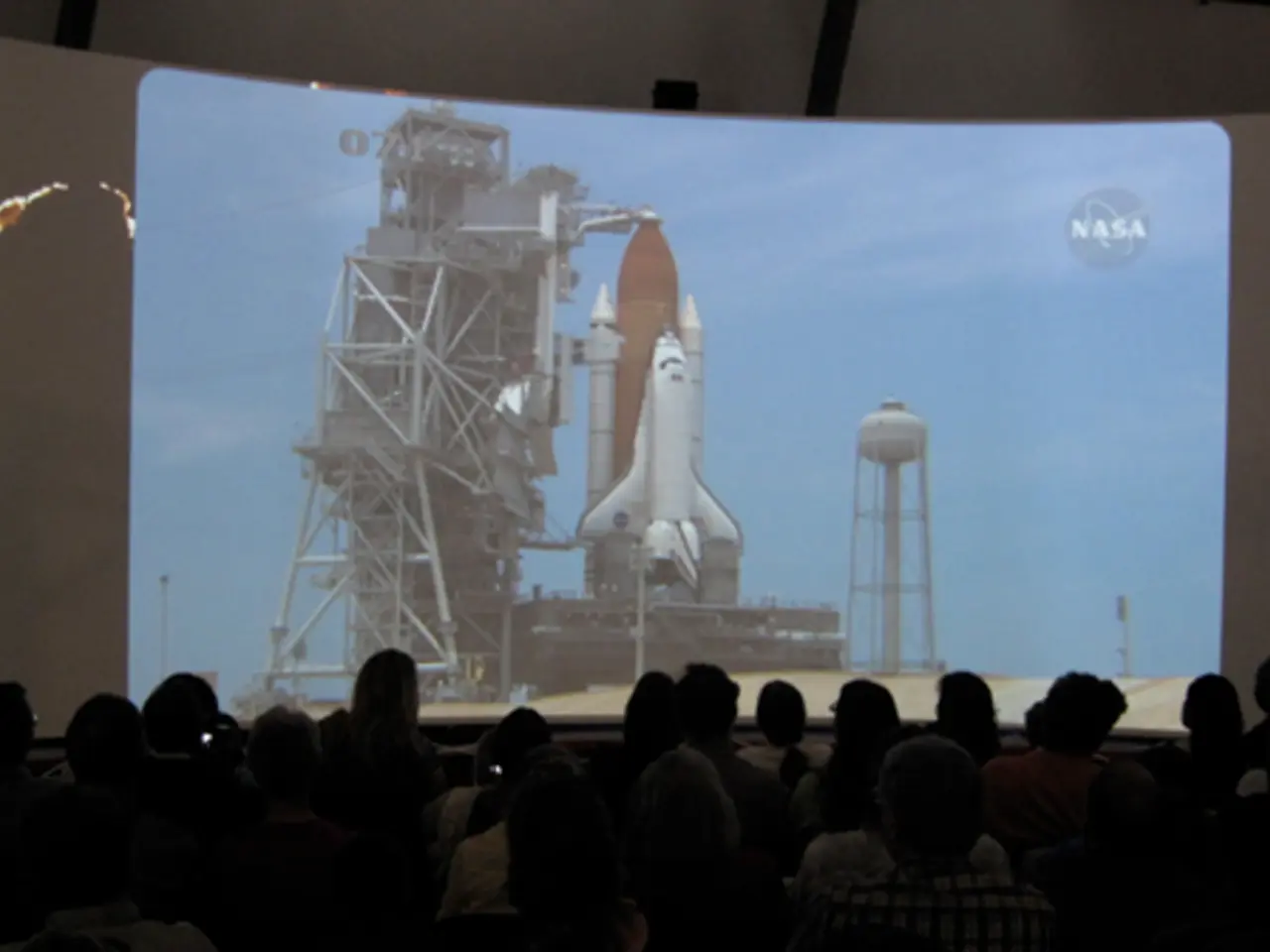Prepare Yourself: SpaceX Plans Frequent Starship Launches in 2025
The United States space company, SpaceX, has set an ambitious goal of conducting 25 launches of its Starship rocket in 2025, a frequency that amounts to nearly one launch every two weeks. This ambitious plan, if realised, would mark a significant leap in SpaceX's space exploration endeavours.
The primary government agency responsible for influencing and approving such a high volume of launches is the Federal Aviation Administration (FAA), which regulates commercial space launches and issues launch licenses. Coordination with other agencies like the Federal Communications Commission (FCC) regarding spectrum use might also be involved, but the FAA remains chiefly responsible for launch approvals.
SpaceX has expressed the need for more frequent Starship launches to accelerate learning and achieve quicker rocket reuse. However, the company may still need to continue its fight against regulatory bodies to see its rocket fly that frequently by next year.
The goal of 25 launches is not without controversy. Elon Musk, SpaceX's CEO, has been appointed as the head of the Department of Government Efficiency during Donald Trump's second term, which might potentially speed up Starship's progress, but could also result in serious environmental and safety repercussions.
SpaceX has applied to modify its existing license for Starship launches from the Boca Chica site in Texas. The FAA is currently evaluating this request and analysing the environmental impact of Starship on the launch site.
The next few missions are focused on understanding the flight dynamics of Starship and ensuring control of an orbital vehicle before it goes orbital. SpaceX plans to perform another test flight of the Starship rocket, with Monday, November 18 marked for its sixth test flight, which will be another suborbital flight.
SpaceX's Falcon 9 has already launched 100 times this year, but Starship is still under development. The company has stated that it takes longer to do government paperwork for a rocket launch than it does to design and build the actual hardware.
In a significant development, SpaceX's Starship lifted off on Sunday, October 13, at 8:25 a.m. ET from SpaceX's Starbase facility in Boca Chica, Texas for its fifth test flight. The Super Heavy booster gently came down towards a special tower, named Mechazilla, with extended mechanical arms that caught the rocket like a giant pair of chopsticks.
Elon Musk has expressed a desire for Starship to launch a couple of times a day in the future, a vision that, if achieved, would revolutionise space travel and exploration. As SpaceX continues to push the boundaries of space technology, the future of space travel looks exciting and promising.
Read also:
- Reconsidering the Approach to Mountain Height Measurement?
- UK automaker, Jaguar Land Rover, to commit £500 million for electric vehicle manufacturing in Merseyside
- Lieutenant Governor Kounalakis joins SoCalGas in unveiling the novel H2 Hydrogen Innovation Experience, a one-of-a-kind demonstration.
- Agroforestry Carbon Capture Verified Through Digital Measurement and Verification Process








